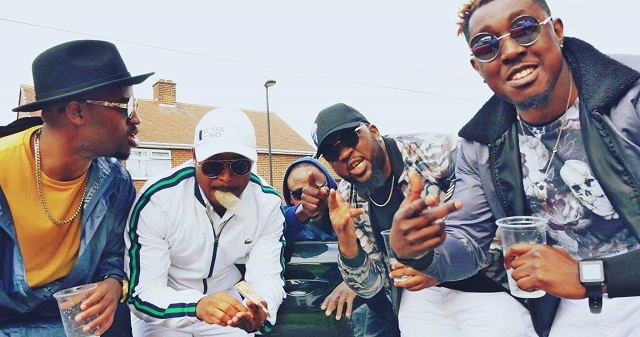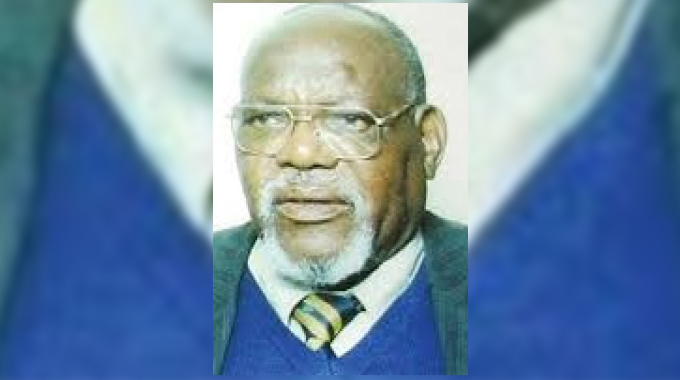IP protection for crafts and visual arts

Aleck Ncube
IN the past week, I got lots of inquiries from artists and SMEs in the arts and craft sector on a lot of issues pertaining to my previous article on the protection of their works and products via copyright. I will try to further clarify issues raised.
Copyright protection generally lasts for the life of the creator plus an additional period of at least 50 years after the creator’s death. The United States and most European countries have a copyright term of life plus 70 years. This means that not only the artisans and visual artists will benefit from their works, but also their heirs.
Who owns the copyright in a work?
Generally, the copyright in a work initially belongs to the artisan or visual artist who created the work. For example, in most countries, if someone hires a photographer to take a picture, the photographer owns the copyright.
The person who hired the photographer will only get a copy of the print, which he or she will be entitled to use for the purpose for which it was taken. If a country has a “fixation” requirement, the copyright will vest on fixation.
There are a few exceptions, however: If an artisan or visual artist works with other people on a joint project, then, in most countries, all creators are co-owners of the copyright in the resulting work, unless there is a contrary agreement.
However, how much work is necessary before a person can qualify as a joint author and whether the product is of joint authorship, are often hotly debated questions, and it would be wise to resolve these issues clearly in a written agreement.
If an artisan or visual artist creates a work on behalf of or for someone else, for example a specially commissioned work, then the person who commissioned the work may own the copyright in the work provided it has been expressly agreed so in a written agreement.
Similarly, if an artisan or visual artist is an employee and creates a work as part of his or her job, then the employer will generally be the copyright owner.
An independent contractor, such as a freelance photographer, generally is not considered to be an employee. A contractor will own the work unless agreed to differently in a written agreement.
However, the issue of ownership of copyright in this kind of situation may be resolved differently in different countries. My advice is, always verify who owns the copyright in a work! Artisans and artists should pay close attention to the terms of any employment, collaboration or commission agreements, particularly if they are creating a work that has income-generating potential.
What is not protected by copyright?
Copyright protects only the expression of an idea, and not the idea itself. For example, it is the way an artisan has creatively executed the idea of creating a tea set, or the way a photographer has taken a picture of a specific subject that is copyrightable, not the idea itself.
For example if a photographer takes a picture of the famous Zambezi Bridge at the Victoria Falls. This may inspire other artists to do a series of photographs or make a painting of the river scene.
The photographer’s original work, as well as the other artists’, is copyrighted, but not the bridge and the river. However, while the photographer cannot prevent other people from making pictures or paintings of that same bridge, he or she can prevent others from duplicating his or her original picture.
Another example is when an employee of a textile company creates an original design for a dress fabric. The design consists of vertical stripes, with flowers and leaves scattered between the stripes, all painted in an impressionistic style.
The textile company successfully markets the fabric. A competitor, having seen the dress fabric, produces a very similar design for its own fabric. This is copyright infringement, because it is not just the idea but the specific expression of it that has been copied and applied.
What is meant by “in the public domain”?
Works are in the public domain once the copyright term has expired or if the work was never copyrightable. If a work is in the public domain, it can be used for any purpose by anyone.
Under current IP systems, traditional crafts and visual arts are often regarded as being in the “public domain”. However, indigenous peoples, local communities and other custodians of traditional cultural expressions (or, “expressions of folklore”), strongly criticise this characterisation, arguing that their cultural expressions are protected by indigenous and customary laws and are not therefore in the ‘public domain’.
How can artisans and visual artists know if something is in the public domain?
Finding out what is “free” is not always easy. First, one has to study the country’s law in order to know when and for how long a work is protected under copyright.
If something is over 100 years old, chances are big that it is in the public domain. For more recent works, a good way to start may be to check if the work is listed in any industry sourcebook.
Many licensing encyclopaedias for artists’ rights record works which are still under copyright, as well as other useful information, such as licensors, licensees, current properties and products, licensing agents, trade associations, etc.
Artists’ rights groups may also offer assistance for verifying whether a specific work is in the public domain or not.
If artisans or visual artists sell their work, do they lose their copyright over it?
Merely selling a work protected by copyright does not automatically transfer copyright to the buyer. Copyright in a work remains with the artisan or visual artist unless he or she expressly assigns it by written agreement to the buyer of the work.
Is there such a thing as international copyright protection?
Not exactly. However there are various international treaties covering copyright. The most important of these is the Berne Convention for the Protection of Literary and Artistic Works.
According to this Convention, artistic works are protected without any formalities in all the countries party to the Convention. This means that if an artisan or visual artist is a national or resident of a country party to that Convention, or has published the work initially in one of the member countries, his or her copyright will be automatically protected in all other countries that are party to the Berne Convention. Zimbabwe is party to this convention so SMEs and Artists in the Arts and Craft sector are protected.
How can artisans and visual artists use their copyright to earn income?
Artisans and visual artists who own copyright can choose to sell (“assign” or “transfer”) either all or part of their bundle of rights to different people, for different geographical areas and for different periods of time.
In most countries, to be fully effective, an assignment of copyright must be in writing and must be signed by the artisan or visual artist transferring the copyright.
Artisans and visual artists can also “license” either all or part of their copyright to others. It is advisable to have all license agreements in writing.
Aleck Ncube is an Intellectual Property scholar. He can be contacted on [email protected] or follow me on Twitter: @aleckncube











Comments